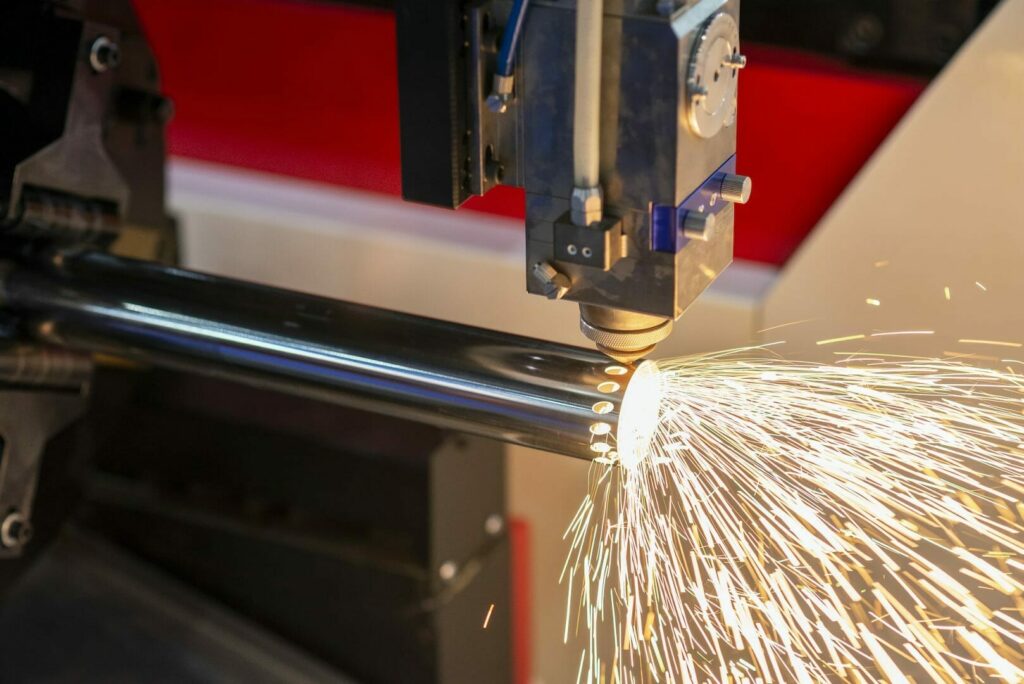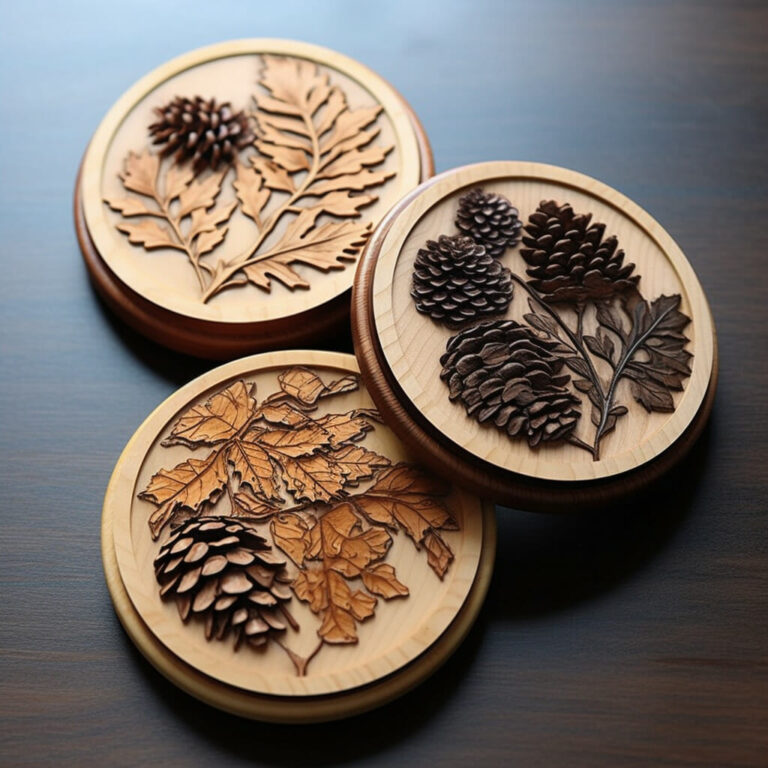Advances in technology mean that manufacturers have to look into how they can evolve their systems to include the latest technology so they can remain competitive. For manufacturers who rely on laser cutting, trying to determine whether they’ll fare better with a fiber laser vs a CO2 laser cutting system is an important decision.
There are several considerations you’ll have to think about if you’re the person who’s making these decisions. Obviously, the initial setup cost and long-term operating costs will play a role in some. On top of those, you also have to think about the level of precision and the versatility of the cuts you’ll need. You also must factor in the specifics of the jobs you’ll need to complete.
How Does a CO2 Laser Work?
CO2, or carbon dioxide, laser cutting machines use high-intensity infrared beams that move through a series of mirrors and come out through a nozzle. This is an older method for cutting that’s been around for more than 50 years, but it remains popular because it’s highly accurate and can be used in a variety of applications.
The mirrors that are used in this a CO2 laser cutter are usually gold or silver. Silver mirrors indicate that the machine is a high-powered one. The reflective material is superior for the laser and helps to produce a variety of laser marking, straight line and curved cuts.
The composition of the lenses and mirrors also varies. More expensive models use diamond windows, but less expensive models use zinc selenide. Higher-powered models will likely require the diamond components because of the high thermal conductivity and superior hardness.
This method for cutting uses a movable table and two axes to produce the necessary cuts. It’s ideal for acute angles and certain fine features. While it can be used on thinner materials, the higher-power lasers can also be used on thicker items. This is a quick process for metals that are thinner than 3/8 of an inch, including sheet metal.
CO2 laser cutting machines can also engrave products, so some companies choose to use the machines for this purpose. It’s highly accurate and can be used on a variety of materials. These include:
- Wool
- Paper
- Wood
- Leather
- Crystal
- Ceramic tile
- Jade
- Bamboo
- Acrylic
- Plastic
- Rubber
These simple machines are fairly reliable, and they’ve been around long enough that some of the quirks have been worked out of the process. The continuous-wave laser uses more than just carbon monoxide to operate. The CO2 system chamber also uses an equal part of nitrogen. Smaller amounts of xenon, helium and hydrogen are also used to facilitate the cutting process.
How Does a Fiber Laser Work?
Fiber laser cutting is a newer technology that’s growing and evolving rapidly. It’s becoming known for being able to cut thinner materials in a far better manner than its CO2 counterpart. It works by using a fiber optic cable but doesn’t use any mirrors.
Fiber laser cutting machines produce a very high-quality laser beam, but the diode light source is relatively inexpensive. The fiber laser converts approximately 70% to 80% of the power input. This means these lasers don’t have a high power cost. They’re also less expensive to keep cool while doing a job because they don’t heat up as quickly as some other options. It isn’t likely that these will need a chiller.
One of the areas where fiber laser cutting machines fall short is that they will likely have to be slowed down to handle more intricate projects. Things that have a lot of cuts will take much longer to finish. For simple projects, fiber lasers can usually compete well with CO2 lasers.
Another downside to using fiber laser technology is that companies will need to ensure workers have adequate eye protection. It’s possible that eye damage can occur in individuals who use this type of equipment on a regular basis. This is especially true with the higher-power-density lasers.
Fiber lasers are highly resistant to vibrations and noise. Because many of these lasers are used in manufacturing environments that are noisy and are filled with movement and vibrations, fiber laser cutting machines are often a suitable option. They aren’t likely going to be impacted by typical manufacturing processes going on around them. This reduces the maintenance costs that come with this type of laser equipment.
Which Laser Is Best for Your Laser Cutting Needs?
Many factors are involved in choosing a CO2 vs a fiber laser cutting machine. The speed necessary to complete the project is sometimes a primary consideration. The CO2 laser cutting speed is typically the faster option, especially for thicker materials. When precision is the primary consideration, the fiber laser is usually the better choice.
When efficiency is a factor, fiber lasers will usually come out on top. This is because they tend to cut better with less effort. The solid-state setup provides an efficiency that’s difficult to achieve with the CO2 laser cutting machines.
One factor that some businesses have to think about is the operating cost of the laser. Typically, both the initial cost and the operating cost of fiber laser cutting, including the expense of consumables, is significantly less than that of CO2 laser cutting. Some companies don’t mind the higher cost of CO2 laser cutting systems because the products they’re producing will fare better with these instead of fiber laser cutting systems.
Thunder Laser USA is ready to help you find the system that meets your needs. Contact us at 903-522-4070 to speak to one of our professionals. Alternatively, you can email us at sales@thunderlaserusa.com. We’re ready to get you the setup you need as quickly as possible.




